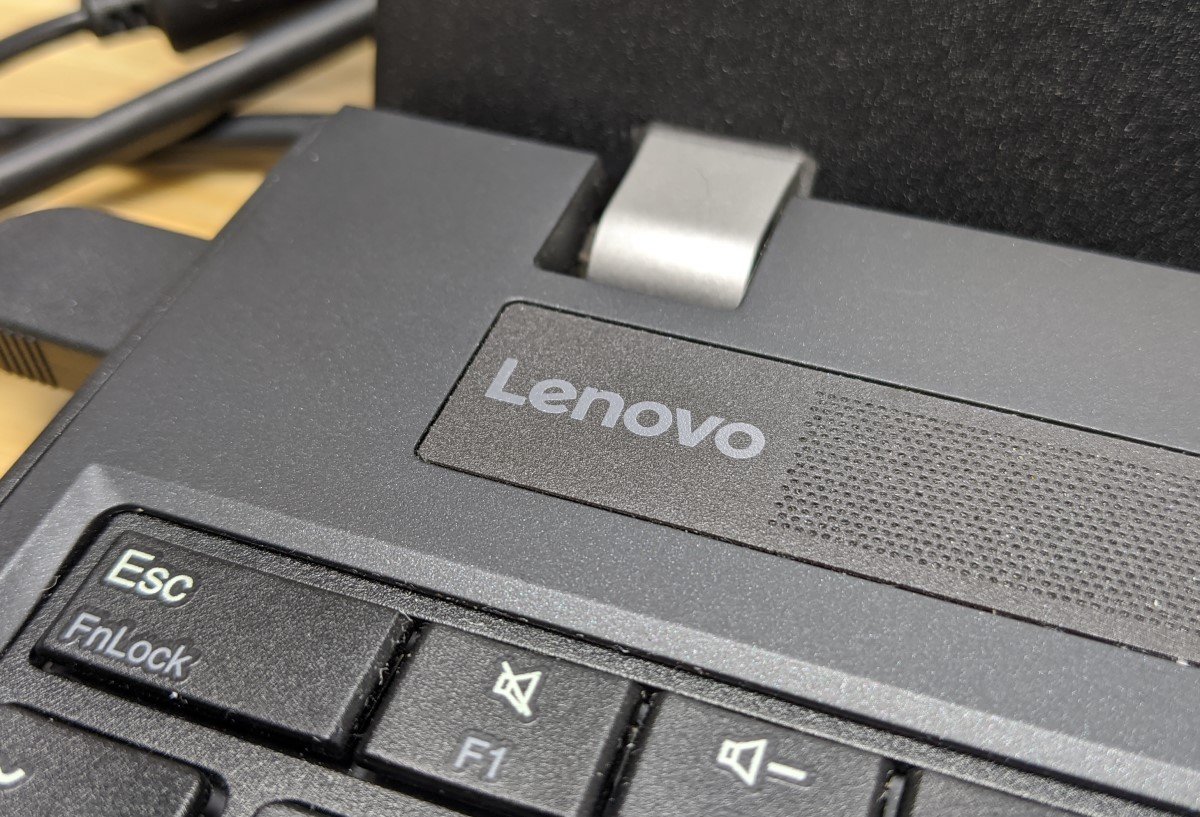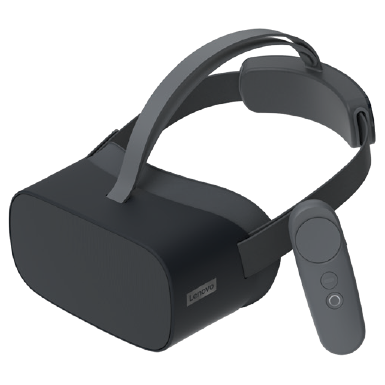Lenovo VR Classroom 2 aims to deliver the future of learning
A more affordable, complete solution built on Lenovo's own educational software.

What you need to know
- Lenovo VR Classroom 2 is a complete kit for teaching with VR, including all the hardware and software needed.
- The new headset is powered by Android but uses Lenovo's ThinkReality platform instead of Google's Daydream platform.
- The headset is available through the educational distribution channels and offers 3DoF movement with a motion controller.
Lenovo isn't giving up its vision of a VR-centric classroom, despite the death of Google's Daydream VR platform that powered Lenovo's previous-generation VR Classroom hardware. Lenovo VR Classroom 2 is a brand new standalone VR headset with three degrees of freedome (3DoF) movement and a motion controller that looks similar to the one that came with the previous-generation Lenovo Mirage Solo VR headset. Lenovo says this kit is a complete solution for teaching with VR, as it provides all the hardware, content, LanSchool device management, training, and support needed to use it. It is designed specifically for middle and high schools usage.

The Lenovo VR Classroom 2 is the followup to the original Lenovo VR Classroom, which utilized Google's standalone Mirage Solo VR headset. Unlike that headset, though, Lenovo is using its own ThinkReality platform this time around, so it isn't reliant on the support or continued development of Google, although it is powered by Android. The biggest question regarding Lenovo's next-generation VR Classroom 2 headset revolves around content availability. Lenovo says the headset comes with everything teachers will need, including diverse curriculum-mapped experiences that cover STEM, virtual tours, and career exploration.
While Google's Daydream platform was fairly short lived, it generated a good bit of content, particularly in the educational sphere, including the excellent Expeditions app, which brought students on virtual trips to landmarks around the world and helped teach history, geography, art, and other subjects that are better learned through physical presence. Since VR tricks the brain into making users think they are really in the virtual location, this was a perfect use-case scenario for the headsets. Lenovo VR Classroom 2 runs Android, though, so having apps tailor-built or ported to the headset shouldn't be much of a problem.
The previous Lenovo VR Classroom kit came with a tablet and management software for teachers, but the new kit doesn't specify whether or not this version includes the tablet. The headset looks to be a more affordable version of the Mirage Solo and, effectively, makes it a more powerful Oculus Go. It's running the same Snapdragon 835 chipset as the Mirage Solo (one generation newer than what's in the Oculus Go), and features a 4,200 mAh battery, 75Hz 1920 x 2160 resolution display with 110-degree field of view, audio built into the halo-style headstrap, and it weighs a comfortable 470g. It's got USB-C charging for full compatibility with a wide range of chargers, 64GB of built-in storage, and supports microSD cards for expandable storage.
Get the Windows Central Newsletter
All the latest news, reviews, and guides for Windows and Xbox diehards.
Nick started with DOS and NES and uses those fond memories of floppy disks and cartridges to fuel his opinions on modern tech. Whether it's VR, smart home gadgets, or something else that beeps and boops, he's been writing about it since 2011. Reach him on Twitter or Instagram @Gwanatu

